Our Professional Family Tree (NeuroTree)
Neuro Tree is The Neuroscience Academic Family Tree. It is a free, volunteer-run website, designed to help you track your academic genealogy. The goal is to collect information about the graduate student and postdoctoral relationships between most researchers in the field. This tree exists as a part of the larger Academic Family Tree, which seeks to build a genealogy across multiple academic fields.
Follow this link to see Dr. Hodge’s NeuroTree
Click here to see Dr. Faccidomo’s NeuroTree
Here is a link to Dr. Hoffman’s NeuroTree
Some branches of our Family Tree
Cajal -> Cushing -> Penfield -> Hebb -> Heron -> Samson -> Hodge
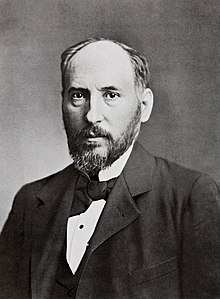
Santiago Ramón y Cajal (1852-1934) was a Spanish physician and neuroscientist who is widely recognized as the father of modern neuroscience and is particularly known for his work on the structure of the nervous system, specifically the discovery of the individual nerve cells, or neurons, and their organization. In 1906, he was awarded the Nobel Prize in Physiology or Medicine, along with Italian scientist Camillo Golgi, for their discoveries regarding the structure of the nervous system. While Golgi had proposed an alternative theory of the nervous system’s structure, known as the reticular theory, Ramón y Cajal’s neuron doctrine ultimately prevailed.
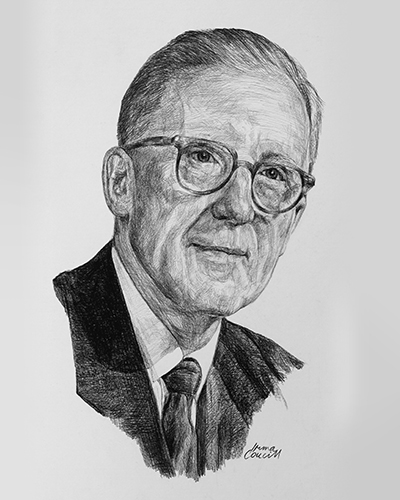
Donald O. Hebb (1904 – 1985) was a Canadian psychologist known for his significant contributions to the field of neuropsychology and learning theory. He is probably most famous for his groundbreaking work on the relationship between neural activity and learning, which he described in his influential book “The Organization of Behavior: A Neuropsychological Theory” published in 1949. According to Hebbian theory, learning occurs through the strengthening of connections between neurons. He proposed that when two neurons are repeatedly activated together, the connection between them becomes stronger, leading to more efficient communication. This concept is often summarized by the phrase “cells that fire together wire together.” Hebb’s theory laid the foundation for our understanding of how neural networks change and adapt through experience, forming the basis of modern neuroplasticity research. He proposed that learning and memory involve the modification of synaptic connections between neurons, and this idea has been supported by subsequent research in the field.
Watson -> Lashley -> Hebb -> Heron -> Samson -> Hodge
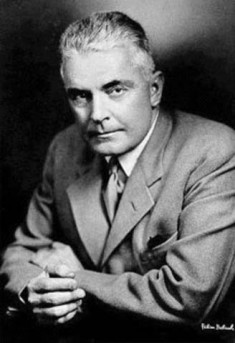
John B. Watson (1878-1958) was an American psychologist who played a crucial role in the development of behaviorism, a school of thought that focused on observable behavior as the primary subject of study in psychology. He believed that psychology should be based on objective, measurable data and rejected the study of consciousness and introspection as unscientific. According to Watson, behavior could be explained by the principles of learning and the influence of the environment. Watson is often regarded as one of the most influential figures in 20th-century psychology.
Wundt -> Titchener -> Young -> Falk -> Samson -> Hodge
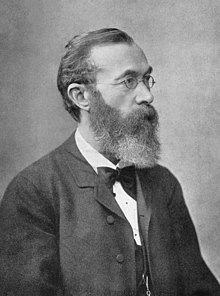
Wilhelm Wundt (1832-1920) was a German physician, psychologist, and philosopher who is widely recognized as the founder of experimental psychology. He is known for establishing the first laboratory dedicated to psychological research and for developing the method of introspection, which became a cornerstone of early psychology. His emphasis on scientific rigor and his pioneering work in establishing psychology as an independent field laid the foundation for future advancements in the study of the human mind and behavior.
Skinner -> Ferster -> (Morse, Dews, Kelleher) -> Marr -> Newland -> Hodge
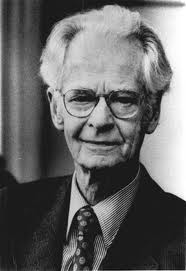
B. F. Skinner (1904 – 1990) was an American psychologist, author, inventor, and social philosopher. Skinner’s work was largely influenced by the ideas of Ivan Pavlov and John B. Watson, who focused on classical conditioning. However, Skinner expanded upon these theories and developed the concept of operant conditioning, which became the foundation of his behaviorist approach. He believed that behavior is influenced by the consequences that follow it and that these consequences determine whether a behavior will be repeated in the future. Skinner introduced the concept of the “Skinner box” or operant conditioning chamber, which is a controlled environment used to study animal behavior. In this box, an animal learns that certain behaviors as associated with specific consequences. Through careful manipulation of reinforcements (such as food, drugs, etc) behaviors are shaped by their consequences. Skinner’s theories were not limited to animal behavior but also applied to human behavior. He argued that human behavior, even complex verbal behavior, could be understood and predicted by analyzing the consequences that follow actions. He emphasized the importance of positive reinforcement, providing rewards or incentives for increasing desired behaviors.

